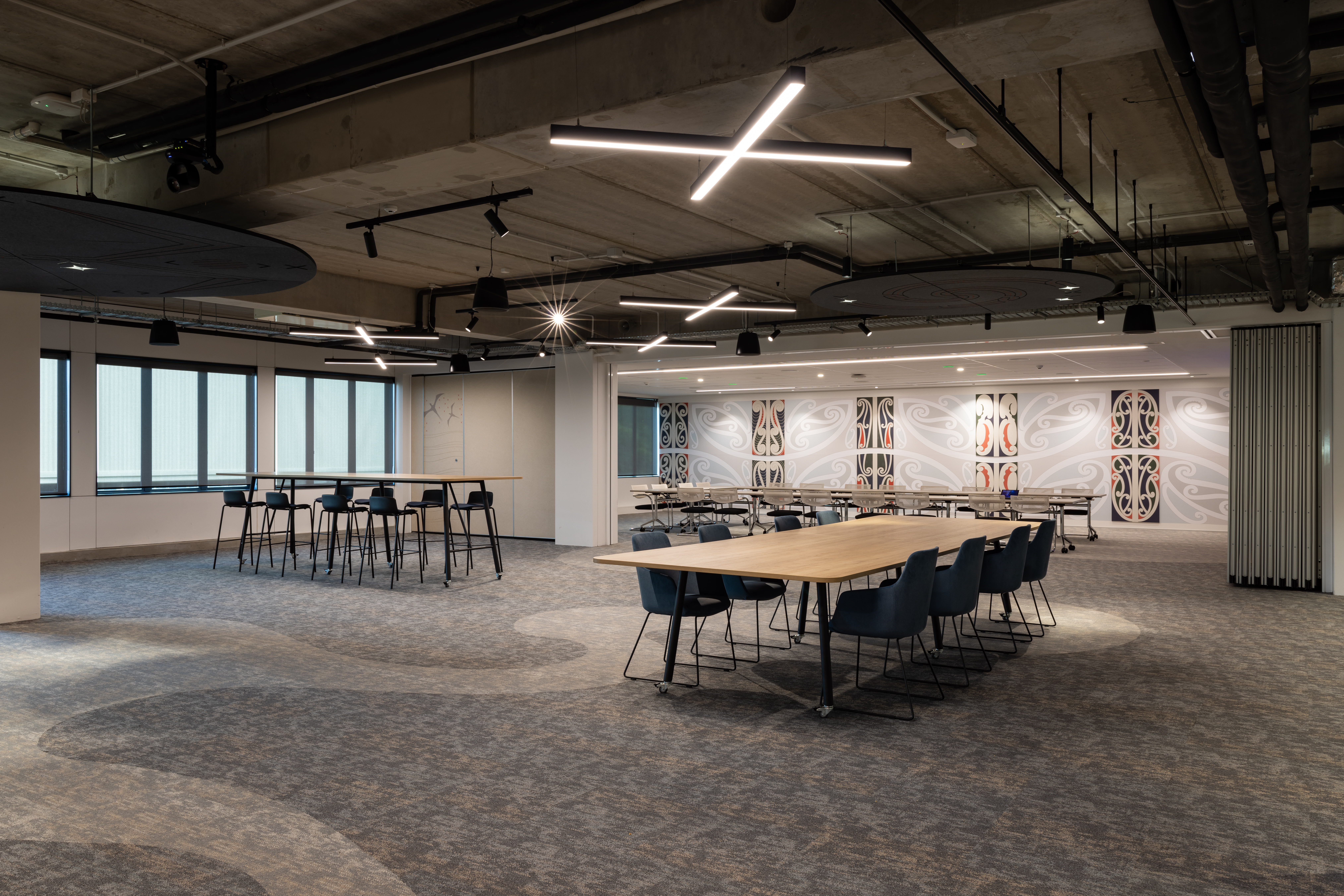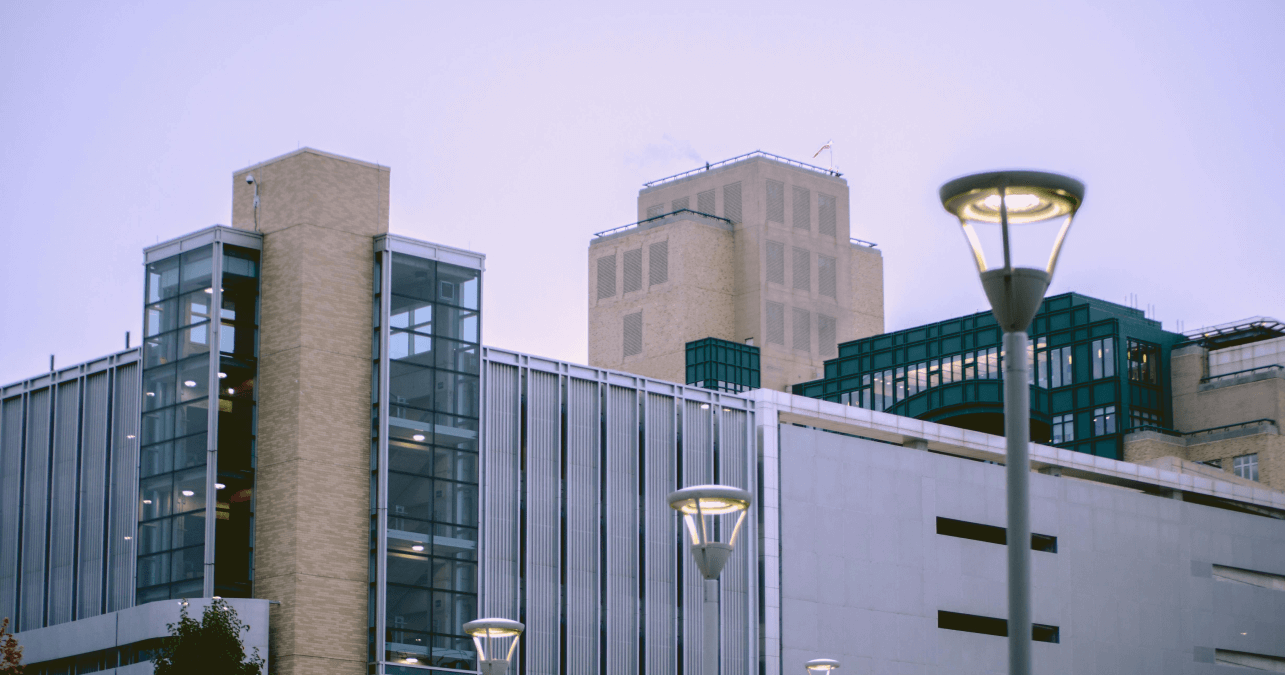Envisioning a commercial build that embodies both cultural and environmental sustainability is not just an ideal; it’s a strategic necessity. The dynamic nature of commercial building design demands a responsive approach that harmoniously integrates cultural nuances with environmental protection.
In this article, we discuss the value of cultural and environmental sustainability as pillars of contemporary commercial design. We cover the latest advancements in the sector and present a case study from our portfolio that exemplifies these principles in action.
Environmental design and cultural sustainability
In this section, we outline how cultural integration and sustainability relate to building design and share an example of an overview of the commercial building trends toward sustainability and cultural integration.
Cultural integration in building design
Cultural integration is embedded in human-centred design, recognising that each culture brings unique lifestyle distinctions. From eating habits to architecture, people require specific design attributes that resonate with their cultural needs.
In commercial design, cultural integration is best achieved through collaboration with people who actively use the space. As a result, we employ an agile design methodology and incorporate cultural elements from the outset to ensure the project resonates with the community's identity and leads to meaningful outcomes.
Contact us for more information on cultural integration in your next project.
Sustainable architectural design
Increasingly, businesses are optimising the sustainability of their premises with innovative techniques and responsibly sourced materials. These efforts reduce the company’s carbon footprint, align with government targets, and appeal to consumer values.
Common sustainable features in commercial architecture include green roofs, rainwater harvesting, wastewater recycling, solar panels, passive cooling and heating, and automated controls for lighting, heating, and other utilities.
During the build or refurbishment process, sustainable design also calls for the use of sustainably sourced materials, including bamboo wood flooring, paper insulation, and recycled concrete. This includes recycling materials removed during demolition and finding a new purpose for them.
How ESG is Reshaping the Commercial Property Sector
ESG — standing for environmental, social, and governance factors — is increasingly influential in the commercial property market. Investors, purchasers, and tenants are actively seeking properties that embody their dedication to sustainability and ethical practices.
At Expedite, we’re at the forefront of this progressive wave. As members of Amotai, we’re committed to diversity, ensuring engagement with Māori and Pasifika businesses in our endeavours. Our association with the New Zealand Green Building Council (NZGBC) is a testament to our commitment to environmental stewardship. Our sustainable practices include the following:
Sustainable procurement – We adopt procedures that account for the whole of life costs, incorporating sustainable products such as solar panels and electric vehicle chargers.
Carbon-neutral operations – We procure equipment that operates on biofuels or renewable energy and repurpose materials during renovations.
Resource efficiency – We strive to reduce resource consumption and increase the use of renewables, thereby diminishing greenhouse gas emissions.
Water conservation – We are dedicated to efficient water use and preventing pollution risks throughout our construction activities.
Waste minimisation – We are committed to reusing, recovering, or recycling materials, thus reducing waste production.
Climate resilience – We proactively identify and mitigate potential environmental impacts, optimising resource use through our Lean Delivery methodology.
Local Sourcing – We minimise transport emissions by sourcing materials and equipment from local producers or as close to the project site as possible.
Ethical Sourcing – We ensure that our materials and equipment are produced ethically, minimising any adverse impacts on the environment or local communities.
These practices reflect our drive to foster positive change in the commercial property sector and are integral to our business operations.
Case study — WSP Tāmaki Makaurau Office
In Tāmaki Makaurau, we recently worked with WSP to refurbish their Westhaven office. Throughout this large-scale project, indigenous design principles and cultural integration were core principles.

When we spoke with Ian Blair and Sean Myers from WSP, they spoke about the cultural overlay between Expedite and WSP, saying “Our collaboration with Expedite was absolutely critical to the delivery of this project. The expertise they brought… their project management skills, and the experience they’ve had across many projects was critical to us”.
Sustainable design features
One of the most critical sustainable components of the WSP project was the Carbon Calculator we employed. This allowed us to assess and reduce the project’s carbon footprint by noting areas for improvement and optimisation.
To incorporate sustainable design, we deployed a number of initiatives including donating to charities and WSP staff, for example the carpet from the previous fit-out was given to WSP staff, extending the material's life cycle. By donating and recycling old materials, we were able to contribute to WSP’s commitment to reducing market-based greenhouse gas emissions by 60% by the year 2030.
Cultural Integration
To ensure the project’s cultural integration was respectful and cohesive, we worked closely with several members of the WSP cultural team. From the beginning of the project through to completion, it was an agile reconstruction design approach. This allowed us to consider cultural integration at every step and how it influences the commercial build process.
One of the WSP cultural advisors noted, “We wanted to create an environment that was really collaborative and where people were pumped up about coming into work and also to include important local Mana Whenua themes to ensure we create an inclusive environment”.
We engaged with the cultural team to understand the profound significance of ‘Te Mauri o te Wai’—the life force of water—and how this could be interwoven into our design. The WSP team was an integral part of the process, bringing their insights into the cultural importance of water in both a literal and metaphorical sense.
Water, as a source of life and a symbol of flow and adaptability, became the central theme of our project. This theme was reflected in the design elements that promote a sense of fluidity and openness throughout the workspace. From the layout that encourages the natural flow of movement and interaction among staff, to the choice of materials and textures that evoke the clarity and purity of water, every aspect was carefully considered to embody the principles of ‘Te Mauri o te Wai’.
The inclusion of local Mana Whenua motifs served to anchor the space in its cultural context, creating an environment that is not only physically sustainable but also culturally enriching. The result is a workplace where collaboration thrives and the well-being of every individual is nurtured by the environment around them.
According to Te Mauri o te Wai,“the places where we live and work operate most effectively when they recognise human behavioural tendencies and accommodate basic needs”.
According to WSP, “The reason the project worked was because of the collaboration between the two teams… and I think that came through in… the way we were able to collaborate, solve problems, and also respect the opinions of both parties”.
For more details about the WSP project, click the link below.


.png)